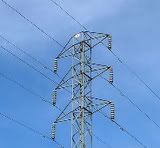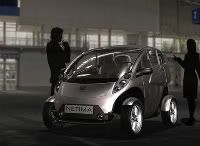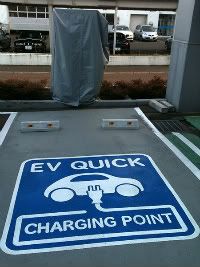The New Living Large Is Living Small
Recently, I wrote a few pieces around the concept, “The New Living Large Is Living Small.” The concept suggests that society will experience significant upheaval when it becomes “cool” to be “green.” I don’t want to over-aggrandize the importance of my idea here, but I wonder if a modest “movement” couldn’t take place around this notion.
Adult Americans consume an average of about 2500 calories endosomatically (into the body) every day, but we use about 230,000 (almost 100 times that much) with all the other stuff we have around to add convenience to our lives: big cars, huge houses with perfect indoor temperatures, etc.
A few basic points: (more…)





 Lots of folks are wondering what the future of transportation looks like. While none of us knows for sure, we can have some level of certainty as to what it does not look like: a 4000 pound hunk of steel, transporting one 150 pound person, and using 20 times more energy than necessary in the process.
Lots of folks are wondering what the future of transportation looks like. While none of us knows for sure, we can have some level of certainty as to what it does not look like: a 4000 pound hunk of steel, transporting one 150 pound person, and using 20 times more energy than necessary in the process.


 I’ve been lucky enough to derive so much pleasure from business travel – and to conduct so much business during personal trips — that I long ago ceased to try to separate the two.
I’ve been lucky enough to derive so much pleasure from business travel – and to conduct so much business during personal trips — that I long ago ceased to try to separate the two.